-
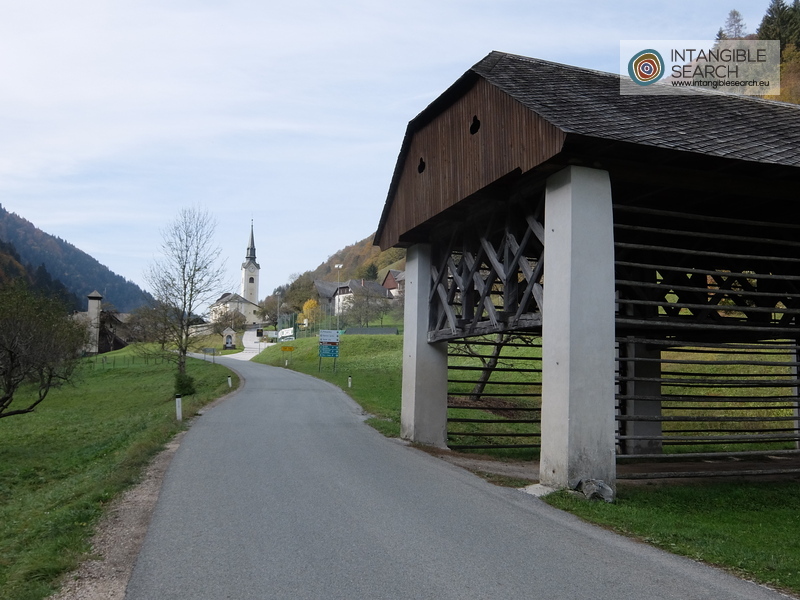
Zali Log in the narrow Selca valley - Klemen Klinar
-
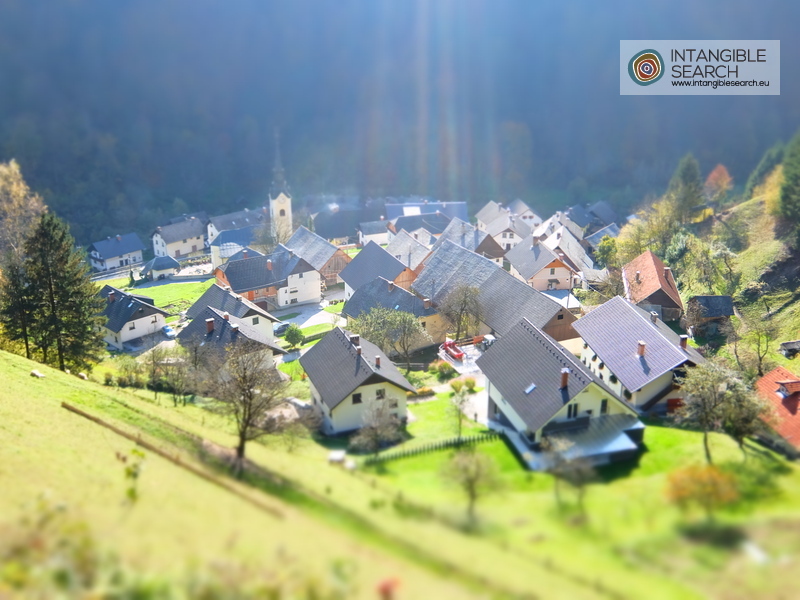
Zali Log - Klemen Klinar
-

Growing and using cabbage in Zali Log - Klemen Klinar
-
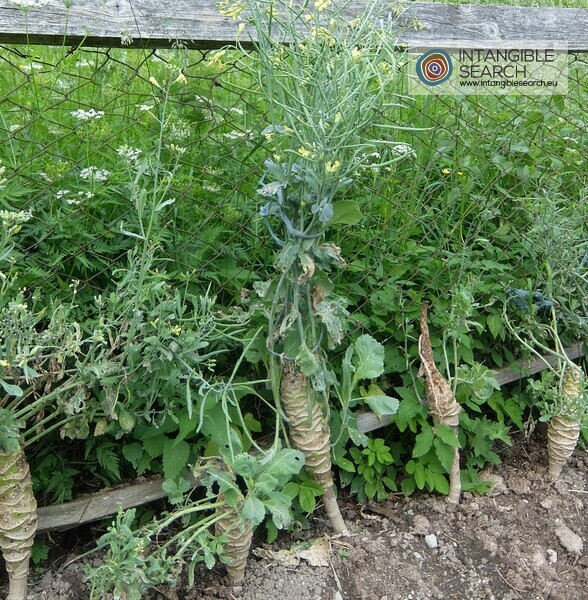
Flowering cabbage for producing seeds - Klemen Klinar
-
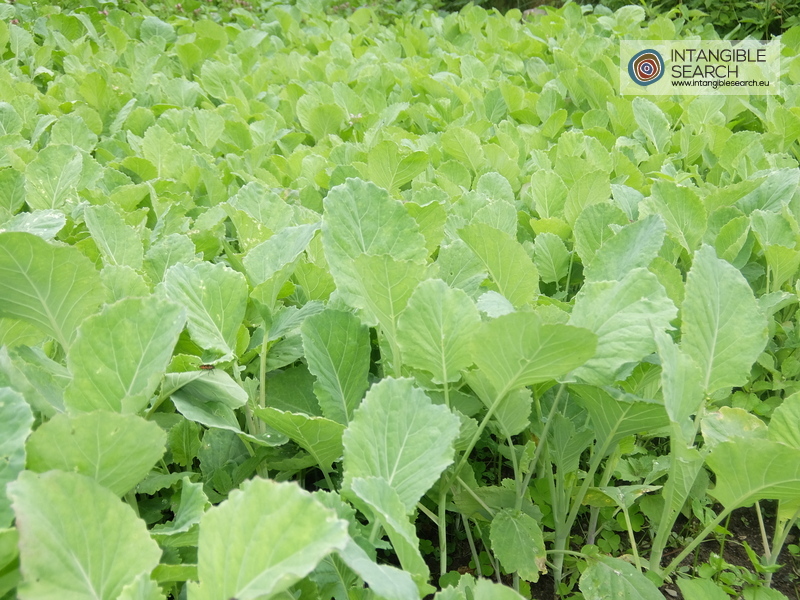
Zali Log cabbage seedlings - Klemen Klinar
-
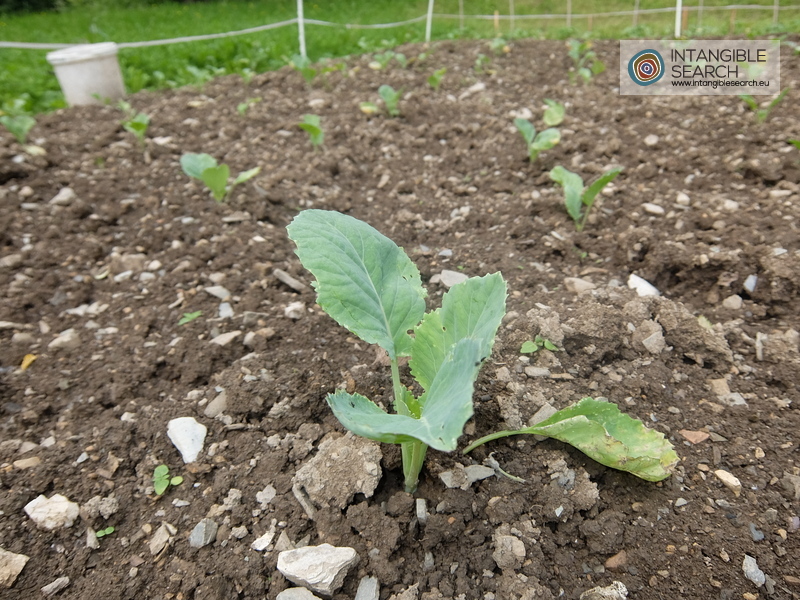
Seedlings transferred to the field - Klemen Klinar
-
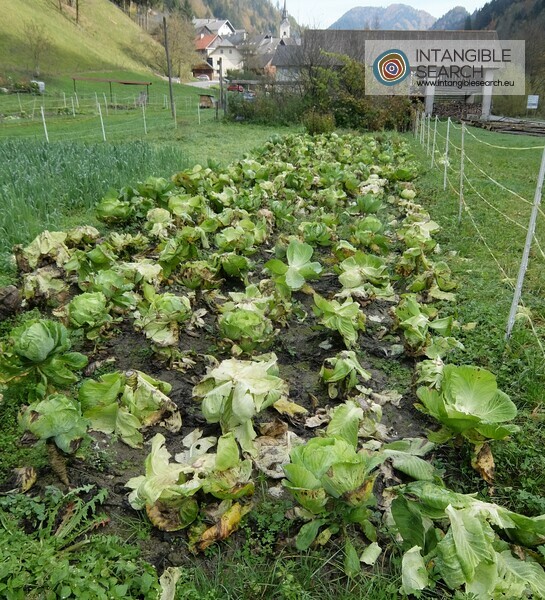
A field of cabbage - Klemen Klinar
-
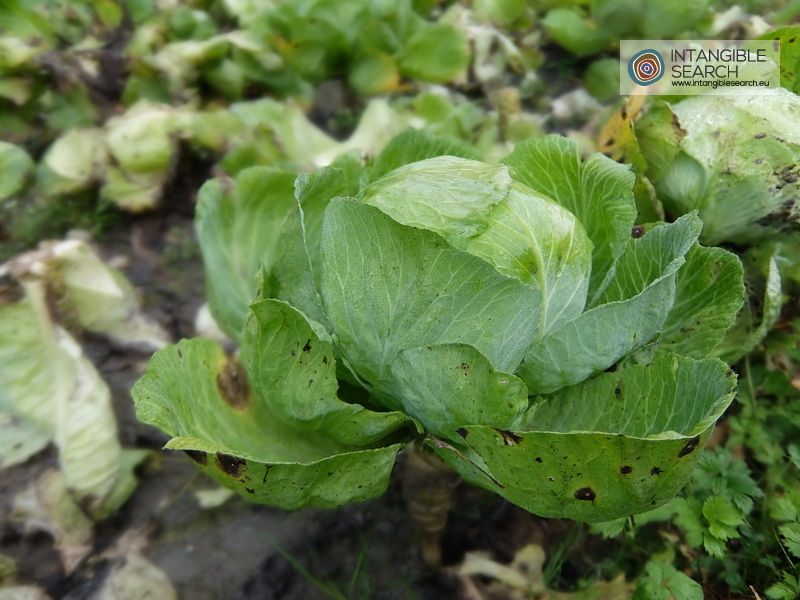
Cabbage head - Klemen Klinar
-
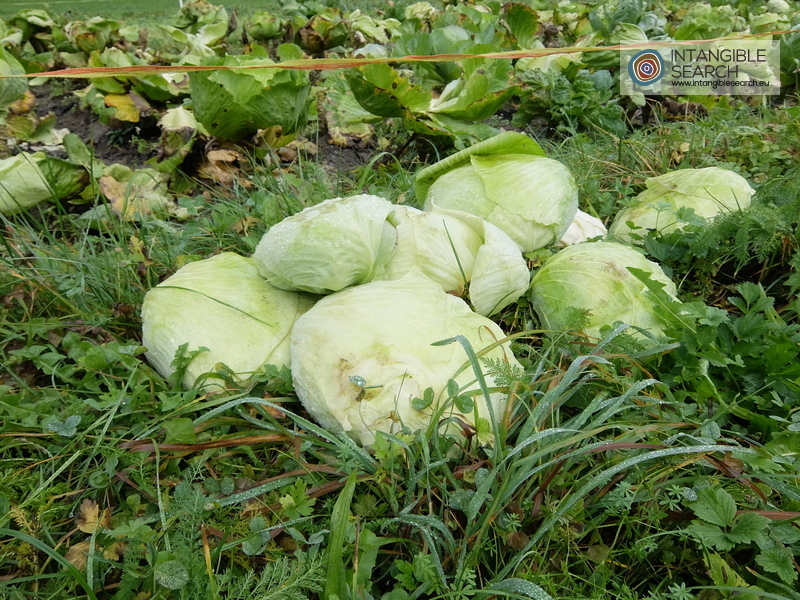
Cleaned cabbage heads - Klemen Klinar
-
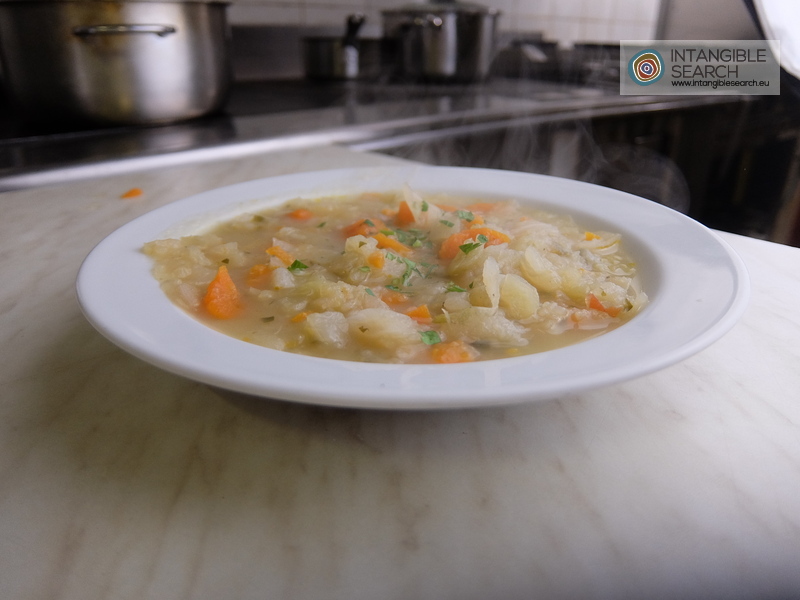
A traditional dish called “ta svàdk zéle” - Klemen Klinar
-
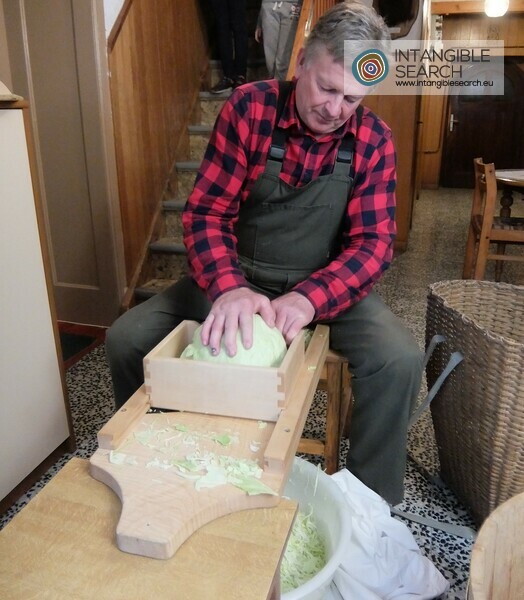
Cabbage shredding at the Pri Blažu farm in Zali Log - Klemen Klinar
-
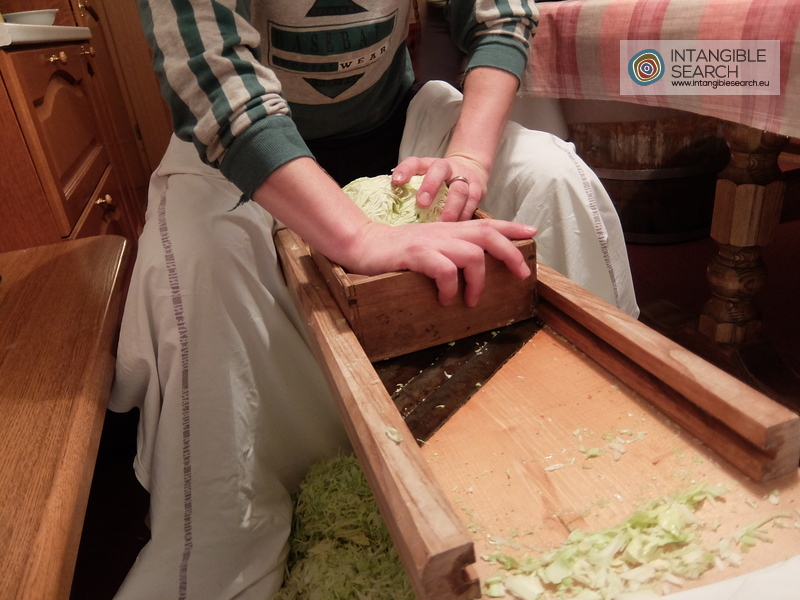
Cabbage shredding - Blanka Klinar
-
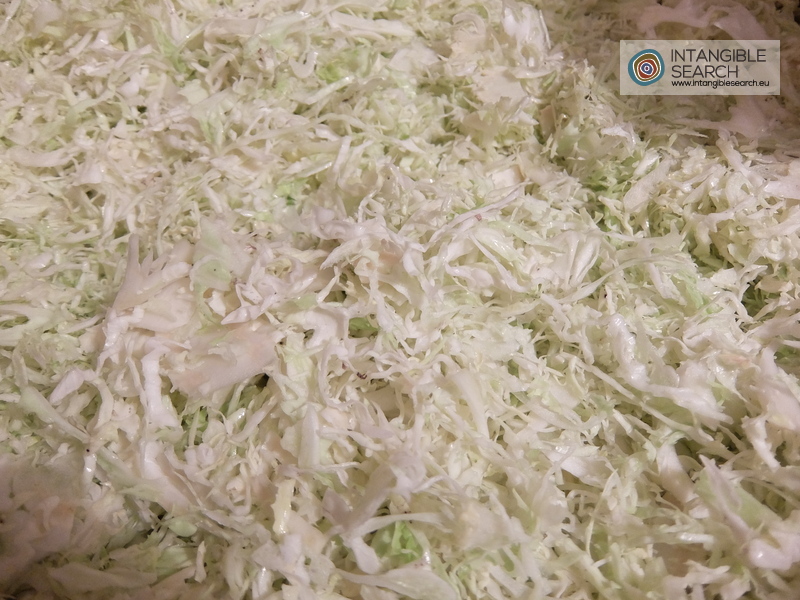
Shredded cabbage - Klemen Klinar
-
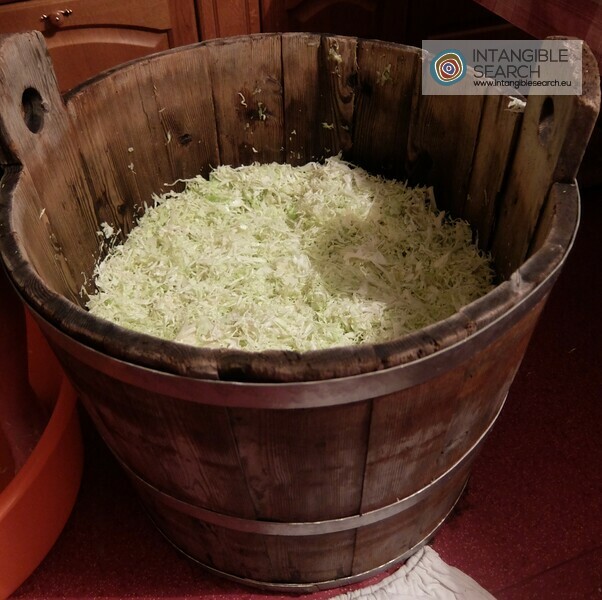
Shredded cabbage in a wooden pail - Klemen Klinar
-
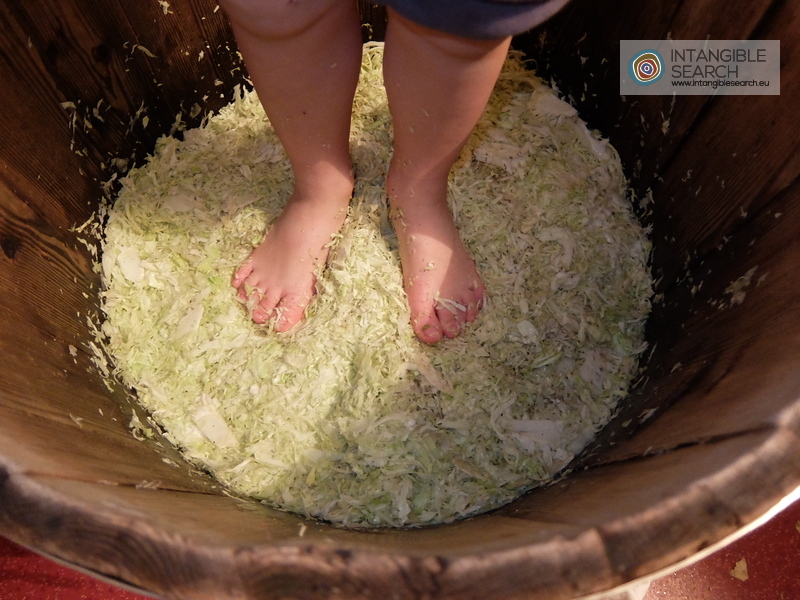
Squashing cabbage with bare feet - Klemen Klinar
-
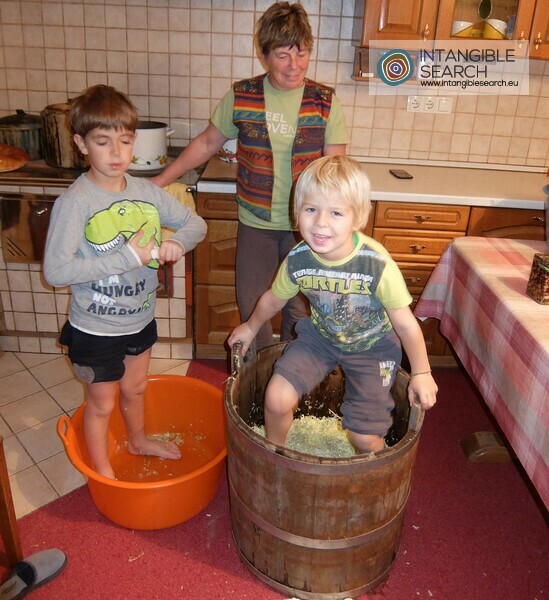
Shredding cabbage is a job for all generations - Klemen Klinar
-
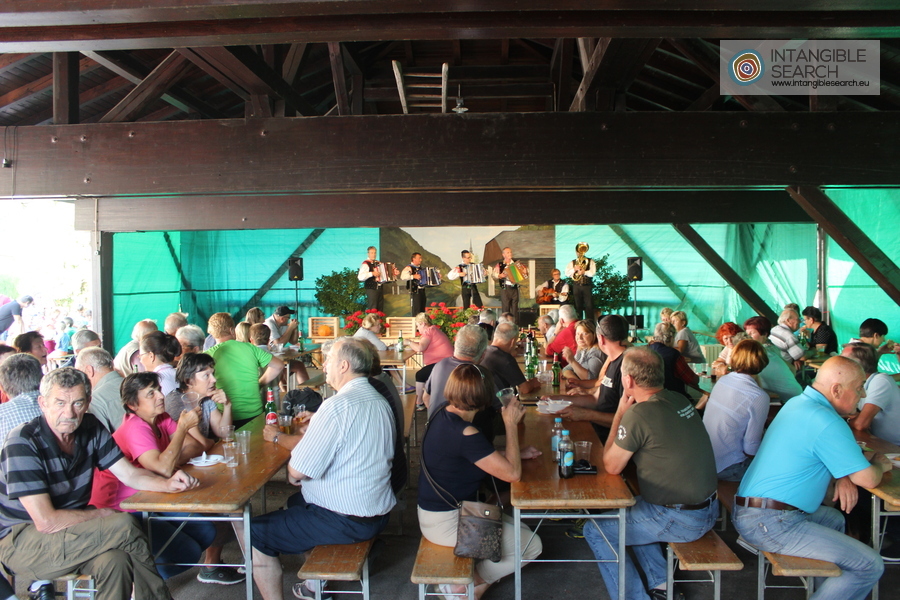
Cabbage holiday in Zali Log - Aleš Jenc
-
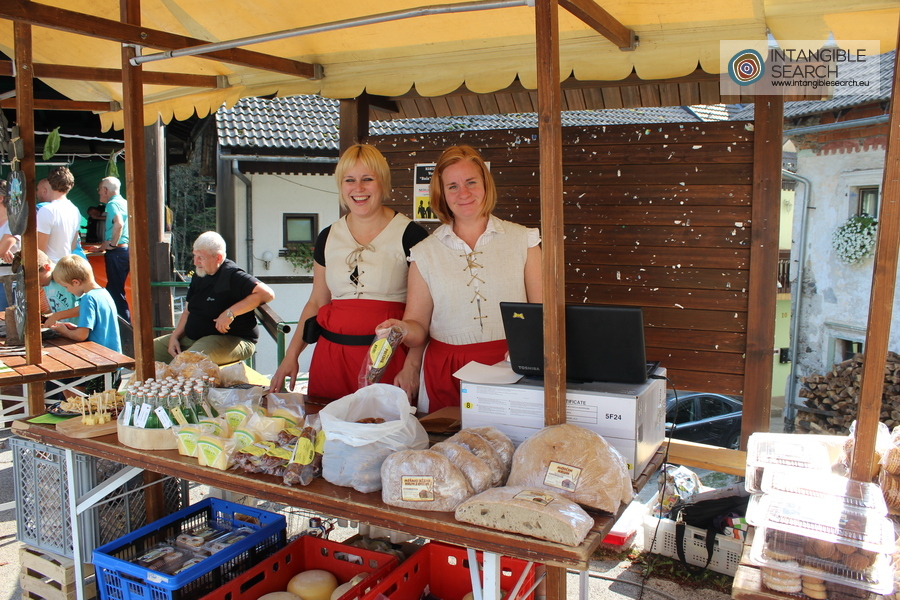
Cabbage holiday in Zali Log - Aleš Jenc
-
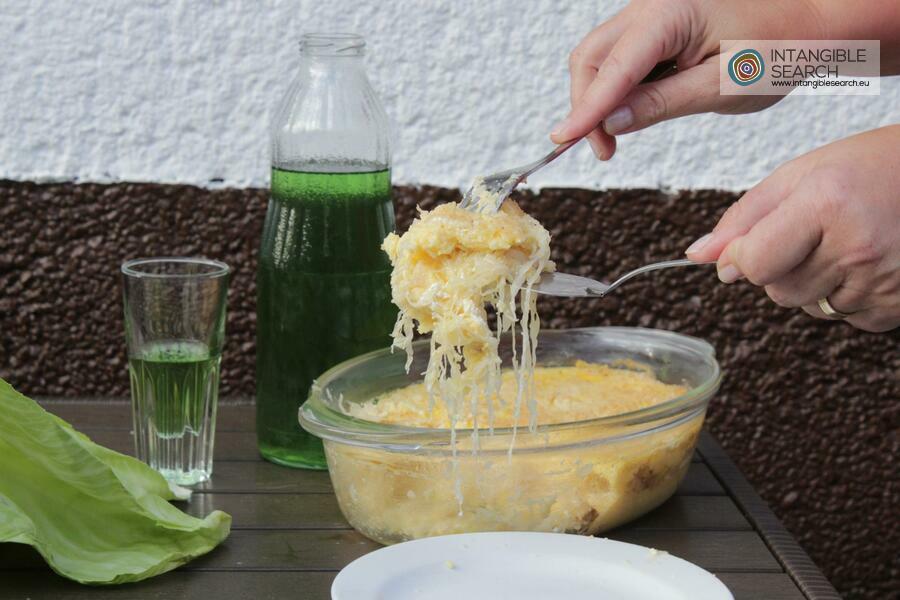
Modern use of cabbage - cabbage schnapps and sour cabbage pie - Janez Habjan
-
2018
Back to search
Category
Naturalistic KnowledgeTAG
WHERE
Železniki -
WHEN
Cabbage is grown from March to October and used between September and spring.
WHO
Growing and using cabbage in Zali Log
(zálošk zéle)
Ljubljana, Škofja Loka and Bloke plateau were the most famous cabbage growing areas in Slovenia. Before the Second World War, the Slovenian sour cabbage was known far beyond Slovenia; it was even exported to Egypt. In the Ljubljana area, an indigenous cabbage variety Ljubljana cabbage, and in the Vipava valley, a variety called Nanos cabbage were created; seeds of both varieties are still sold in gardening shops today. Kašelj cabbage seeds are kept only in the seed bank at the Agricultural Institute of Slovenia. Bloke cabbage is still grown on the Bloke plateau, and in Pokljuka, they grow Gorjuše cabbage (named after the village Gorjuše). In the narrow valley Selška dolina of the Škofja Loka hills, Zali Log cabbage (“zaloško zelje”), named after the village Zali Log, was grown. From all of the above-mentioned varieties, only the Ljubljana and Nanos varieties are included in the national list of varieties.
Compared to other varieties, the heads of Zali Log cabbage are bigger and lighter, and are of a more oval, flat shape. Its stalk is long and thick at the head, but grows narrower towards roots. Leaf edges are smooth. Leaves are thinner and softer that is why compared to other varieties this variety is much better for using in salads, but is therefoe more easily damaged.
Zali Log cabbage is preserved by a group of individual growers who grow their own seeds and thus preserve the variety. In Selška dolina, Zali Log is known as the “land of shade and cabbage” and its people are known as “Zeljarji” which translates as cabbage people. Each house in Zali Log had a small plot of land on the sunny side of the village, opposite of Davški most, where cabbage seedlings were grown. Local people call these plots “flančniki”. Cabbage is a cross-pollinated plant which means different varieties and even some members of the Brassica genus can cross pollinate. Therefore, “flančniki” were located away from other plants so that cabbage wasn’t cross pollinated by, for example, savoy cabbage. If this happened, the locals said that the cabbage got married and nothing would grow from such seeds. Seedlings were then transferred to damp and shady plots of land called “zevniki” located at the other end of the village, next to Selška Sora river. Cabbage grows extremely well in such conditions. This is helped by very fertile soil. According to locals, there was once a lake in Zali Log that left a rich, thick layer of argillaceous soil in the area. Locals believe that the field for growing cabbage has to be fertilised well. In the past, fields were fertilised by using human excrement, known as “skretovc”.
The Zali Log variety of cabbage is preserved by the people of Zali Log themselves. In autumn, the nicest cabbage heads are selected and are then used for producing seeds. Cabbage heads are transferred to a warmer place, usually underneath the house, and kept there for a while; later they put them in a bucket with soil. The bucket is kept in a spot that doesn’t get too cold as the temperature shouldn’t fall below zero, but it also mustn’t be too warm so that the head doesn’t proliferate too much (e.g. in the cellar, barn). In spring, a flower starts to grow from the head, and around Saint George's Day (23rd April), cabbage heads are transferred to the garden or “flančnk” were the flower fully develops. After flowering small thin pods are formed. Before the pods ripen, they are picked from the cabbage and dried in the attic. Pods are then opened, and the seeds kept. Since producing cabbage seeds is finished after spring sowing, the produced seeds are used for sowing next year.
In Zali Log, cabbage is sown from Saint Joseph's Day (19th March) up to the first days in April. Even though the seedlings are not cold-sensitive, they are today covered by a horticultural fleece. Then, the seedlings are transferred to the cabbage plot. Some use special rakes to draw lines in the field so that the seedlings are planted in a straight line. It was once believed that there should be so much space between seedlings to that a sheep and its lamb could lie between them. The distance between the rows was half a meter. Enough space between rows was required so that the cabbage could form large heads. While the cabbage is growing, the field should be hoed and weeded. Because of the long stem, cabbage can fall over while growing so soil should be drawn up around the stem. Once soil has been drawn up, people of Zali Log believe that the housewife should not enter the cabbage plot until 8th September if she wants a good yield. When growing cabbage, people of Zali Log do not use any pesticides, but fight pests by scattering ashes over the seedlings or spraying them with a nettle solution.
Harvesting cabbage is called “cutting” cabbage in Zali Log. Harvesting begins at the start of October. Heads are cut using a small axe or a bill hook and placed on a cart. Since cabbage heads and leaves are very delicate, cabbage heads mustn’t be thrown on the cart but piled carefully. Cabbage is taken to the house where any dry or rotten leaves are discarded; green leaves are fed to the livestock. Cleaned cabbage heads are stored in the barn. Some cover them with hay to protect them from the autumnal cold. Some cabbage is sold in heads and some is consumed raw. In Zali Log, most of it is used for making sour cabbage. Shredding cabbage is done in November. A special shredder is used for shredding (known as “noži”). The shredded cabbage falls onto the sheet placed underneath the shredder. It is then transferred into a pail; pails used to be wooden but are mainly plastic today. Salt is added to the cabbage and then it is squashed and pressed. Squashing is done by feet; sometimes a bag is worn on the feet and sometimes well-cleaned boots. According to common belief, cabbage should not be shredded on or near the new moon since it won’t go sour. Shredded cabbage is then covered by planks of wood and a stone to keep them there. The stone weighs approximately a quarter of the weight of the cabbage. The pail is placed in the cellar or a room with a suitable temperature. Lactic acid fermentation begins and thereby foam is produced on the top. This foam is regularly discarded. This is followed by washing cabbage in the fifth week. The liquid that accumulated on top is poured away, all the impurities are removed, the stone and the planks are cleaned and the liquid at the top, known as “zévnca” in Zali Log, is soaked up. Fresh water is poured in the pail, and some housewives cover the top with a cloth and some with cabbage leaves. Everything is covered with wooden planks again and weighted down. The washing process is repeated two or three more times, depending on the speed of the acidification. Acidification speed mainly depends on the temperature. Acidification is slower if the temperature is lower. The ideal acidification temperature is 18°C. Housewives test the sourness of the cabbage during every washing. When the cabbage is sour enough, it is conserved in glass jars. Some also keep it in the pail and take it out when they need it.
Sour cabbage is less popular today due to the changes in our diets. For example, 50 years ago sour cabbage was much more common as it was a staple during the winter months. Large amounts of it were eaten as a side dish during the “koline” (pig slaughter ceremony). Cooked sour cabbage with crackling is eaten with blood sausages and bratwursts or with buckwheat or corn “žganci”. Sour cabbage was also eaten as a salad (with a bit of garlic and oil). Today, sour cabbage is also used in the Segedin goulash stew.
Some of the cabbage is used fresh in different dishes. In Zali Log, it is now mainly used for salads; it is also used in a dish called “ta slàdk zéle”, a typical dish in the Alpine region of Slovenia, also known as “govnáč”, “gvávnek”, “présnjak”, “posílen zéle”. This is a simple dish made of raw cabbage, potatoes, sometimes carrots and different spices (depending on the housewife - parsley, cumin, bay leaf). Some thicken it with flour and water and add lard, cracklings or buttered onions. Due to the tradition of abstaining from eating meat on Fridays, this dish is traditionally consumed on Fridays as a whole meal, sometimes accompanied by a piece of bread. Today, the dish is also eaten as a side order to meat dishes.
As regards cabbage, several dialect expressions are used in Zali Log: zéle – cabbage, káps – cabbage seeds, štòr – cabbage stem, véha – individual cabbage leaf, ušèl – cabbage not forming a head, léha – plot, flánca – seedling, fláncati – to transfer seedlings.
In Zali Log cabbage is also used to alleviate pain. A pressed cabbage leaf is supposed to alleviate knee pain if placed on knees. In the folk tradition, cabbage is also used for improving digestion and to prevent the cold or flu. If forest workers who were exposed to lots of cold and rain fell ill, they were fed cabbage.
HISTORICAL-ANALYTICAL NOTES
Growing cabbage in Slovenia was first documented in the Middle Ages. Sour and sweet cabbage played an important role in the everyday diet in Slovenia, especially in the Gorenjska region. The Franciscan cadastre from the 1820s shows that like floury dishes (especially “žganci”), dairy dishes, leguminous plants, bread and sour turnip, sour cabbage was an essential part of working people’s menus in the farms of Gorenjska. As one of the most important field crops it was vital for the diet of the rural population since it provided food during winter months. With regard to the general prevalence of cabbage and its important role, local cabbage varieties appeared in limited geographical areas and were grown by Slovenian farmers on their fields and gardens until the arrival of foreign hybrids.
There are not historic records about growing cabbage in Zali Log, but the locals agree that cabbage growing has a very long tradition. Individual farms once planted as much as 2000 seedlings. Cabbage was intended for sale, particularly to nearby Železniki, where there were not many farms as families made their living through smithery. The locals remember their elders telling them how they used to drive cabbage heads to Železniki with horse or ox drawn carts. This means that growing cabbage was a form of additional income in Zali Log.
LEARNING AND TRANSMISSION
The knowledge of growing Zali Log cabbage is limited to individual families in Zali Log and the surrounding area. Within those families, knowledge is passed on from older to younger generations. Knowledge is passed on by mainly women who are more involved in the growing of cabbage and preparing dishes from it. Mothers of the families pass on their knowledge to their daughters or daughters-in-law. The Culture and tourist society Zali Log has been reviving the awareness of the cabbage heritage and they organise a “Cabbage holiday”, an event where traditional methods of cabbage shredding are presented and tasting of cabbage dishes is offered. This event is what encouraged local people to widen the selection of products made from the home-grown cabbage variety - cabbage schnapps, potica cake with sour cabbage, gnocchi filled with sour cabbage, sour cabbage wraps, cabbage mussaka, polenta and cabbage cake, baked sour cabbage with smoked meat, cabbage cake... In 2019, the society started their own field for growing cabbage.
Today, cabbage growers help each other, exchange seeds and seedlings. This was not always the case as housewives were reluctant to share them with other housewives from the village.
COMMUNITY
Bearers of heritage are individual locals in Zali Log. Producing seeds, sowing and harvesting cabbage, as well as preparing dishes from cabbage is mainly done by women. All houses in Zali Log used to grow cabbage. Today, only three farms still produce larger amounts of cabbage - Pri Blažu, Pri Galetu and Pri Hlipku, while other houses grow cabbage for their own needs or none at all. Culture and tourist society Zali Log ensures the preservation of the tradition of growing and using cabbage. They organise the “Cabbage holiday”, an event when the traditional cabbage use is presented and new methods for using cabbage (e.g. potica cake with sour cabbage, schnapps made of cabbage, so-called “zelovc”) are presented. The Pri Slavcu Inn operates in Zali Log where the “ta slàdk zéle” dish and fresh cabbage salad is offered; therefore, the inn owner still grows the Zali Log cabbage for the needs of the inn.
PROMOTIONAL ACTIONS
In the area of Selška dolina (Selca valley), Zali Log cabbage is known as a very good-quality variety of cabbage. Locals told us that many people are looking for seedlings of this variety of cabbage in spring. Farms where they grow cabbage for sale could sell much more cabbage than they are able to produce. As regards the narrow geographical area, this cabbage variety is known as very reputable. Its recognition is emphasised by the annual Cabbage holiday that has been organised by the local Culture and tourist society since 2015. The few farmers who still sell cabbage have found that due to the promotion through the Cabbage holiday and due to the general trend of consuming healthier local food, they can sell the cabbage for a higher price.
PROTECTIVE MEASURES
The local variety of the cabbage is mentioned as a special variety in literature, but the variety is not registered and entered in the list of indigenous Slovenian varieties. Cabbage dishes are also not protected as part of the food heritage even though the professional literature includes the “ta slàdk zéle” dish among the typical Slovenian alpine dishes, and states sour cabbage as the traditional side dish to many meat products that are included in a national or an international protection scheme (e.g. Carniolan sausage with sour cabbage).
To learn more
Web Sites
Bibliography
Slovenski etnograf - Prehrana v 19. stoletju na Slovenskem
Etnografski muzej 1988
Produced by
RAGOR - Razvojna agencija Zgornje Gorenjske - Klemen Klinar
Release Date
09-OCT-2019 (Klemen Klinar)
Last update
09-OCT-2019 (Klemen Klinar)
TweetFrom Community
Tell us about it


















